How do you make your decisions? Rationally or emotionally?
Which café do you go to to drink your coffee? Why? Brand love or coffee taste or price?
Many claim that they make decisions rationally, but we decide with emotion and justify our decisions with logic.
Correct. Emotions make our decisions, assign a value when presented with choices, provide a value judgement. Cognition just makes sense of the world.
Emotions are highly underrated.
Humans hold an enormous sea of emotions. We greet people with smiles, but within seconds, we become silent. The decisions we take when we are happy are completely different from the decisions for the same activities/goals when are sad, or anxious, or angry.
We have many names given to emotions e.g. excitement, anger, fear, trust, disgust, happiness, sadness, surprise, anxiety, love, depression, joy, contempt, pride, shame, envy, amazement, etc. How many names were given to cognition?
Emotions vs Cognition
The emotional system is a powerful information processing system that works in tandem with cognition. Cognition attempts to make sense of the world, provides understanding. Emotion assigns value, provides value judgements. It is an emotion that determines whether a situation is safe or threatening, whether something is good or bad, desirable or not.
Cognitive thoughts lead to emotions, emotions drive cognitive thoughts.
Cognition and emotion can’t be separated. Each action carries the expectation. Each expectation drive emotions. This is why much of the language is based on metaphors – why the body and its interaction with the environment are essential components of human thought.
– Humans without an emotional system – difficulty in making choices.
– Humans without a cognitive system – dysfunctional decision-making system.
Subconscious Decision-making
Because much human behaviour is subconscious – we often don’t know what we are about to do, say or think until after we have done it.
We adapt our behaviour continuously in situations in which much of our incoming information is emotional. Such information is often processed without our consciousness. This poses an intriguing question – whether subconscious exposure to irrelevant emotional information affects the way we learn.
To achieve our behavioural goals, subconscious thought matches patterns, finding the best possible match of one’s past experience to the current one. It proceeds rapidly and automatically, without effort. It is good in detecting trends, at recognizing the relationship between what we now experience and what happened in the past. It is biased towards regularity and structure.
Whereas, conscious thought is slow and laboured. This is where we slowly ponder decisions, think through the alternatives, compare different choices. Compare, rationalize, find explanations. This is where we reflect.
If emotional decisions are fast and quick happening in our subconscious and making decisions at our behavioural goals – how do we process information at the subconscious level (& learn) and how is different from conscious level information processing?
Let’s understand the levels of the processing inside our brain…
3 Levels of Information Processing
The information to be used for decision-making depends on how well it is remembered. The levels of the processing model counter the idea that mere repetition helps us retain information long-term. Instead, it suggests that information that is encoded on a deeper level, through meaningful association, is easier to remember. The levels of the processing model predict that when information is encoded on a deep level, it is easier to remember than when it is encoded on a shallow level. That is because if it is processed on a deep level, it is more meaningful to us.
Don Norman proposes the emotional system consists of three different, yet interconnected levels, each of which influences our experience of the world in a particular way – visceral, behavioural, and reflective.
- Visceral:(sub-conscious level) Basic protective mechanisms of human affective system – making quick judgements about environment – good, bad, safe, dangerous. Responds quickly and subconsciously. Visceral system is tightly coupled with body’ musculature – the motor system. Body get tense or relaxed (positive) as per the situation. They are sensitive to only current state of things. They are precursors to emotions.
- Behavioral: (sub-conscious level) Home of learned skills, triggered by situations that match the appropriate patterns. Actions and analyses are largely subconscious. Even though we are aware about our actions, we are unaware about the details. We perform well-learned action, all we have to do is think of the goal and behavioral level handles all the details. Most critical aspect of behavioral level is that every action is associated with expectation. Behavioral states are learned. They give rise to the feeling of control when there is good understanding and knowledge of results. And frustration and anger, when things do not go as planned. Lack of feedback creates lack of control.
- Reflective: (conscious level) Home of conscious cognition. This is where deep understanding develops, where reasoning and conscious decision making takes place. The highest levels of emotions come from the reflective level – guilt and pride (when we assume ourselves for the cause); and blame and praise (when others are thought to the cause).
I mentioned the 7 stages of action in this story i.e. how users execute and evaluate the product while using it. Below is the diagram that is the combination of 7 stages of action with 3 levels of processing.
Users decide the goal, plan the activity and compare the results at the conscious level (reflective), rest stages of action (i.e. specify the action plan, executing it, perceiving and interpreting what happened) happen at the subconscious level (behavioral & visceral)
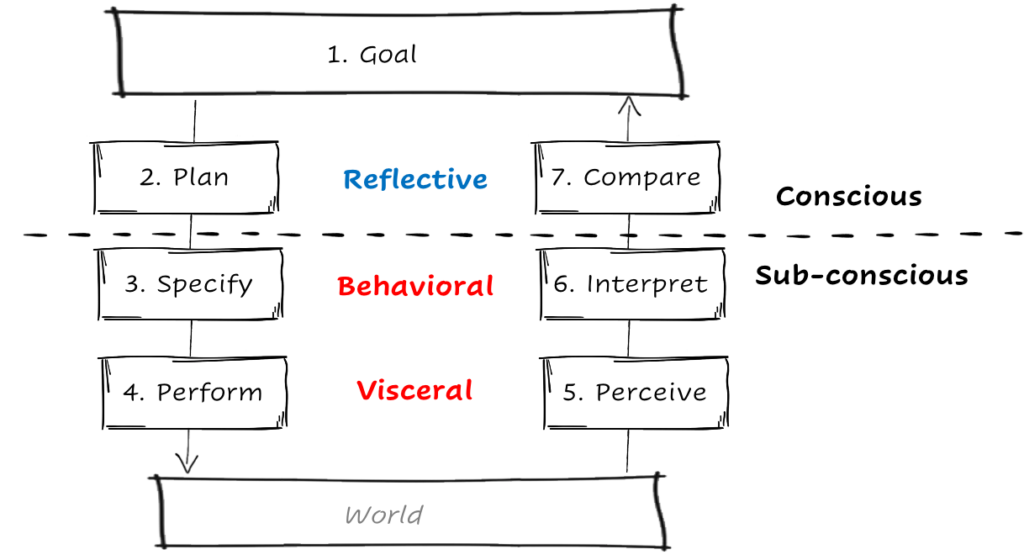
Design Ideas in Product Development with Examples
How can product designers capitalize on “3 levels of processing” model:
- Visceral Design: Visceral response is about immediate perception, concern itself with appearances. This level of design refers to the perceptible qualities of the object and how they make the user feel. It has nothing to do with understandability, or usability of the product, it’s all about attraction or repulsion.
Example: Clock, lamp, calculator app or any utility based app where usability is not a concern (as it is same across all brands or different apps). Decision to choose any product in this category is visceral (automatic and sub-conscious), it is the design (1st look of the product at deep sub-conscious level that makes the decision based on user feelings, beliefs and visual appeal of the product. - Behavioral Design: Behavioral response is often referred to as usability. Users carry out their activities as per their goals or tasks to achieve, so there is expectations attached to it. Pleasure and effectiveness of product use decides the success or failure of product fit with market. If expectation-based emotions are positive e.g. feeling of being in control, amazement, pride etc, product grows. If the expectation-based emotions are negative e.g. helplessness, despair, frustration or anger is induces, product fails.
Example: ‘Swiggy vs Zomato’ or ‘Grab vs Gojek’ – Behavioral design (or usability) of the product decides the winner i.e. how users carry out their activities quickly and accurately to achieve their goals and objectives, and while doing so, how much pleasure or satisfaction users get post completion of their goals. - Reflective Design: Reflection is the most important of the levels of processing. It is conscious, and the emotions produced at this level are most protracted (those that assign agency & cause). Reflective memories are memory of events and last longer than immediate experience or period of usage (domains of visceral and behavioral). It is reflective that drives us to recommend a product. Users are highly cognitive while taking decision here and consider the rationalization and intellectualization of a product. This is the highest level of emotional design; representing the conscious thought layer, so designer has to weigh up its pros and cons, judging it according to our more nuanced and rational side, and extracting information to determine what it means to us as an individual. Reflective thinking allows us to rationalise environmental information to influence the behavioural level, hence it appeal more to user’s self-image and pride.
Example: ‘Apple Watch’ – user’s perception of the product as a technological innovation and a luxury fashion product. Although product is easy to use, the user’s view of the smartwatch as a luxury fashion product relates to their perception of how much they would enjoy the smartwatch and the levels of self-expressiveness the device will afford to them. The reflective level mediates the effects of the behavioral level – users may well put up with difficulties and shortcomings in the usability of the smartwatch because they believe they will gain other, non-functional benefits from it.
References:
“The Design of Everyday Things” by Don Norman
interaction-design.org/literature/article/norman-s-three-levels-of-design
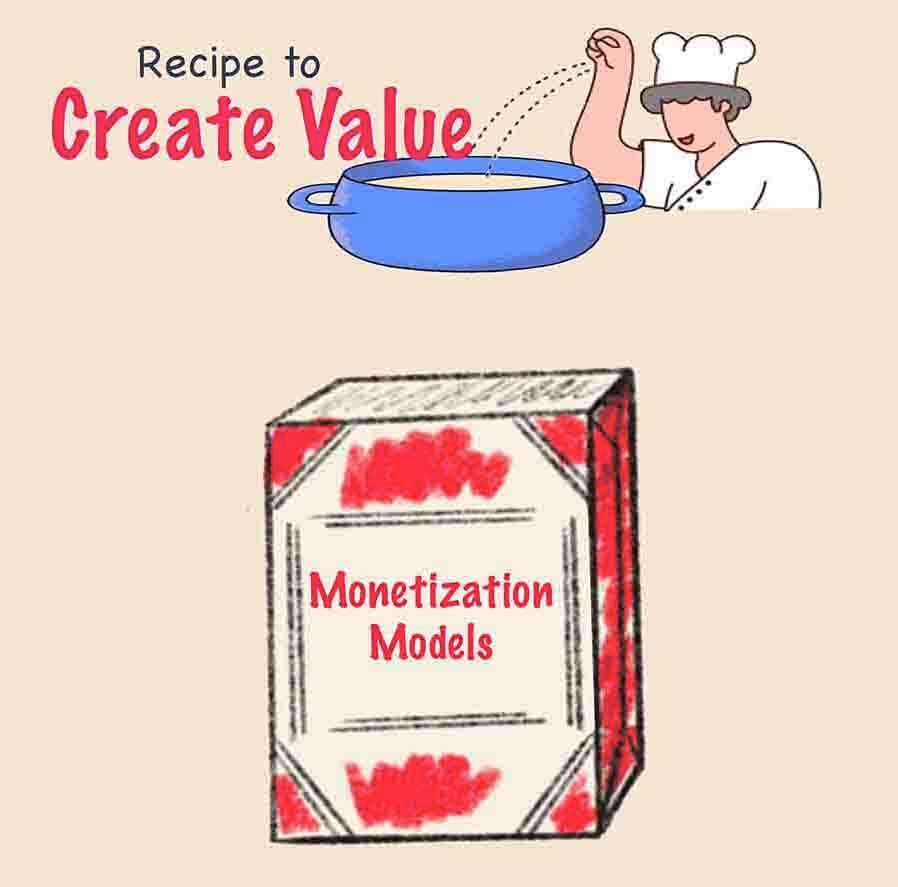
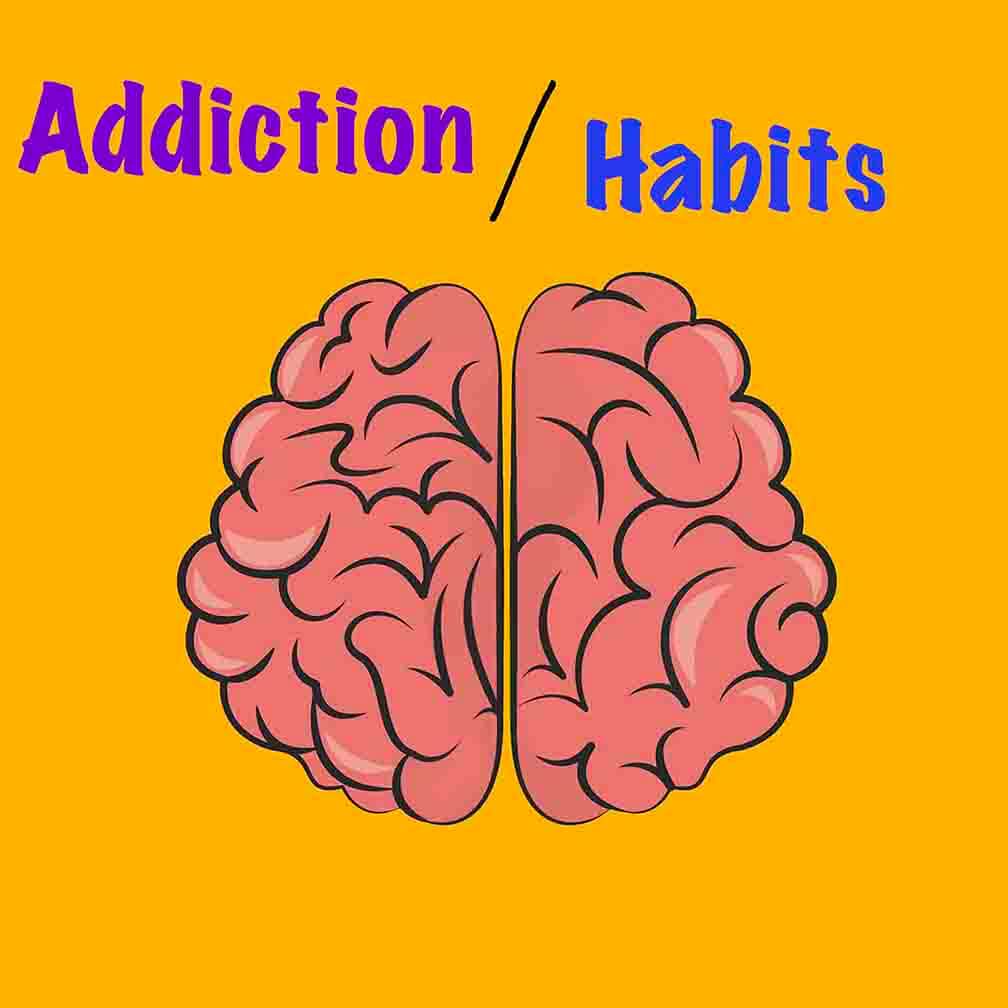
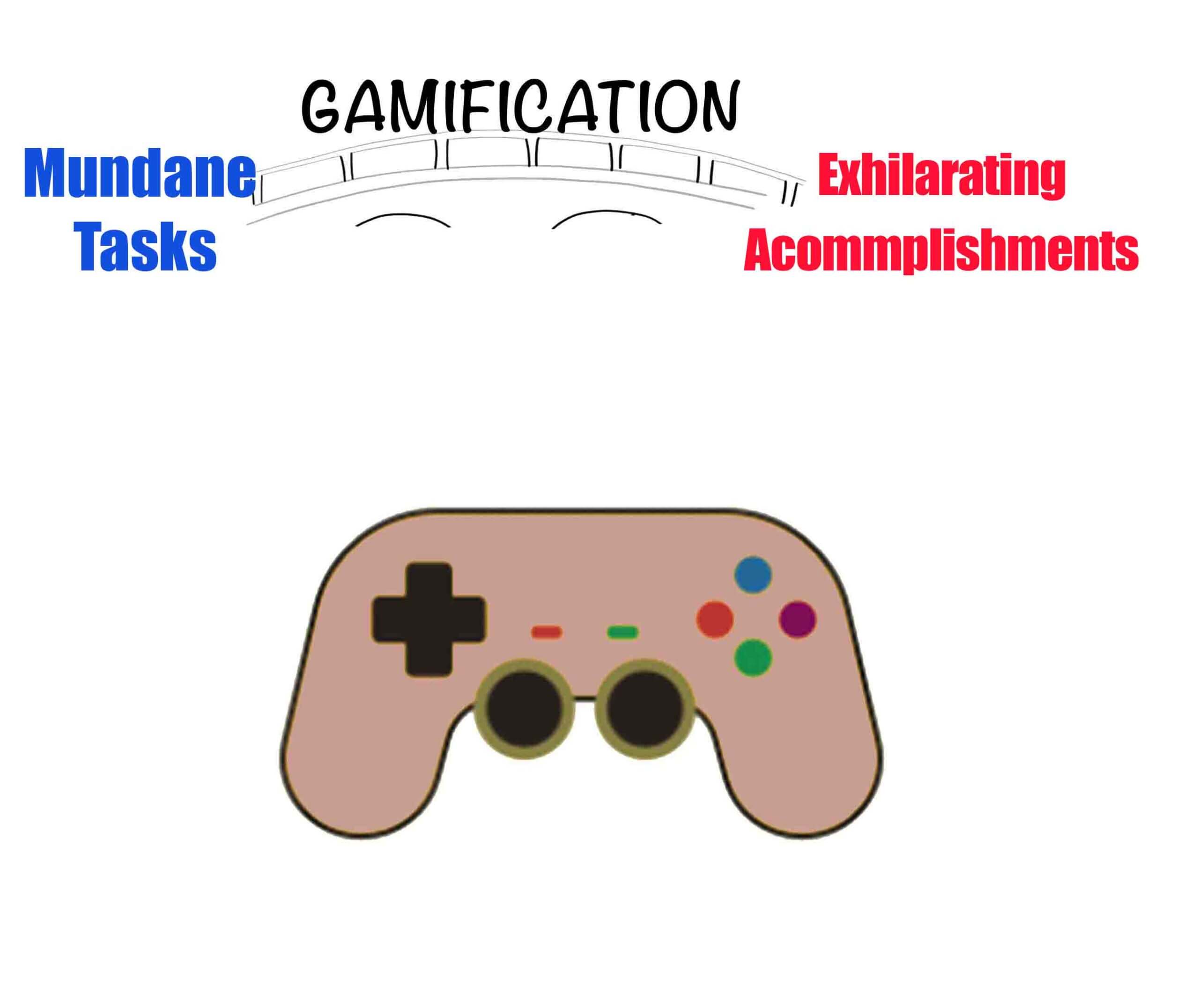
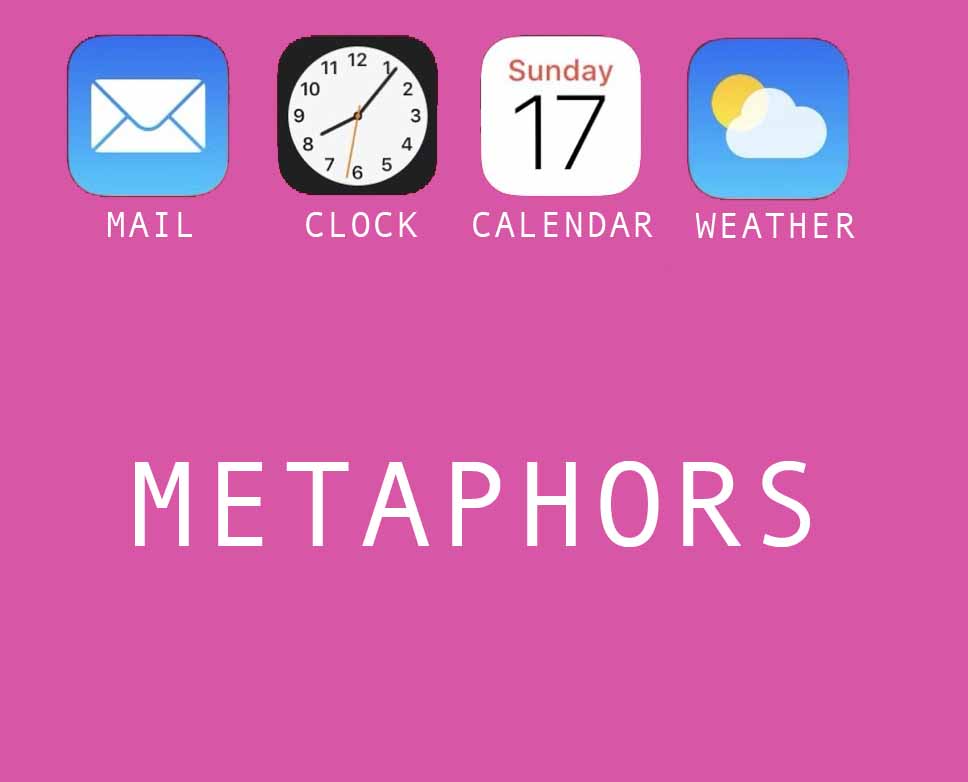
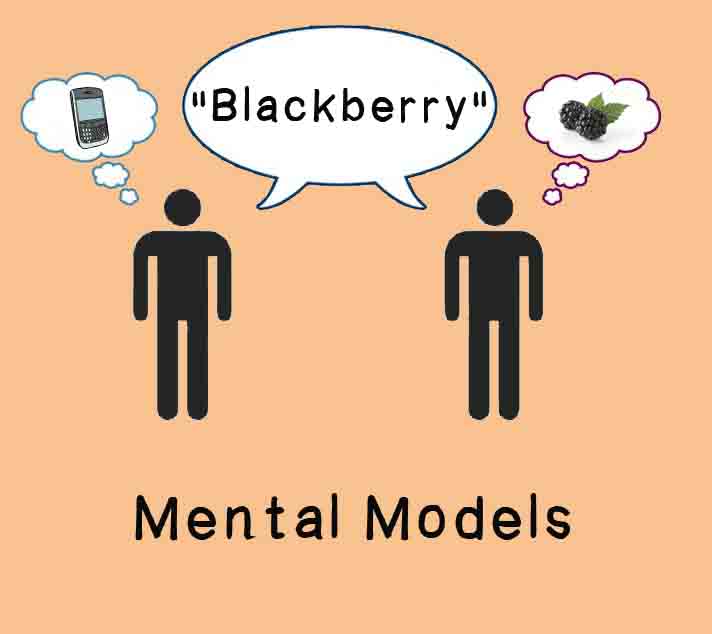
 Swipe for more stories
Swipe for more stories
Comments